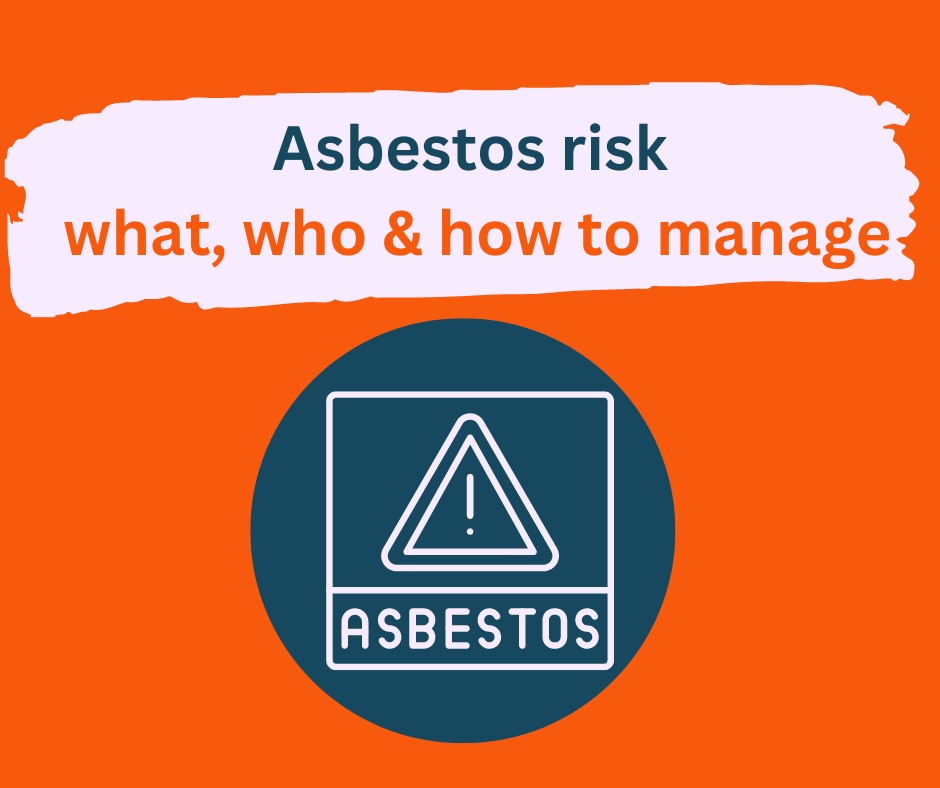Asbestos risk

NIG Risk Assist have provided this helpful guidance explaining asbestos risk, who it affects and guidance for making checks.
The period from the 1950s to the 1990s, which coincided with the use of Reinforced Autoclaved Aerated Concrete (RAAC), also marked the peak of asbestos use in construction before its eventual ban due to severe health risks posed by inhalation.
Commonly used in schools and hospitals, it has also been found in many other public buildings such as theatres, housing blocks and council premises, as well as commercial properties such as factories and offices (including London’s two biggest airports, Heathrow and Gatwick).
The deterioration of many RAAC materials, including planks often used in roofing, has further raised concerns about the resultant damage to and exposure of asbestos to all those who visit, occupy or work within affected premises.
Who is affected?
Diseases associated with exposure to asbestos such as mesothelioma, asbestos-related lung cancer, asbestosis and pleural thickening, take decades to develop, typically at least 30 years, and remains the largest single cause of work-related fatalities with more than 5,000 deaths each year. In fact, the UK has the highest number of mesothelioma cases in the world.
Most people diagnosed with these diseases today will mainly have been exposed before the use of asbestos was banned in 1999, with around two-thirds of annual deaths from mesothelioma occurring in those aged over 75. Cancer Research UK estimates that 94 per cent of these cases are due to direct or indirect exposure in the workplace.
Often around pipes and boilers and in wall and ceiling tiles, it is thought that in schools (in England) alone about 90% of their buildings contain asbestos. The same is likely to be true of many other public buildings.
Typically, asbestos exposure at work is often considered to only affect workers such as carpenters, plumbers, electricians and other traditional tradespeople, or those exposed to particular types of work such as shipbuilding. However, the reality of the situation is that every type of worker could potentially be affected by asbestos diseases, with studies showing that we should expect to continue seeing a rise in cases of asbestos-related diseases in the coming years.
The issues with RAAC have therefore reignited awareness of the health risks to all those who may be exposed to asbestos – including those that complete maintenance and repairs on such buildings.
What checks should you make?
As a smaller business or individual contractor you may be relying on others to have completed the necessary assessments and reports regarding the presence of asbestos, but there are a number of tools available to help.
Last year, as part of their Asbestos and You campaign (2023), the HSE provided 8 quick questions in their online quiz – Asbestos and You – do you know enough to protect yourself and others from asbestos? in order to help you assess your knowledge about asbestos.
They also produced in collaboration with IOSH a webinar on YouTube about the dangers of asbestos.
For further guidance on dealing with asbestos go to Asbestos in the H&S A-Z which includes the above links.
Help is at hand
This year, to help organisations to address the issues of asbestos exposure, the HSE launched their “Asbestos – Your Duty” campaign which targets those responsible for managing asbestos in buildings.
The campaign is aimed at anyone with responsibilities for buildings to do everything they must to comply with the law and prevent exposure to this dangerous substance.
Updated information, new templates (including an asbestos management plan template), and explanatory videos can be found on HSE’s website to help anyone who is unsure of their legal duties.
Sarah Albon, HSE’s chief executive said: “To keep people safe from the harms of asbestos, a culture of safely managing asbestos is needed in our building industry and among those responsible for buildings. Asbestos exposure in Great Britain is still the single greatest cause of work-related deaths due to exposures decades ago. Together, we must protect people in the workplace and reduce future work-related ill health.”
Talbot Jones Ltd is a family-run Chartered Insurance Broker specialising in Third Sector and Professional risks. Get in touch for free insurance advice, review or quotation.
Talbot Jones Ltd incorporates March Insurance Services, a Chartered Insurance Broker specialising in Agricultural and Hospitality Risks.






